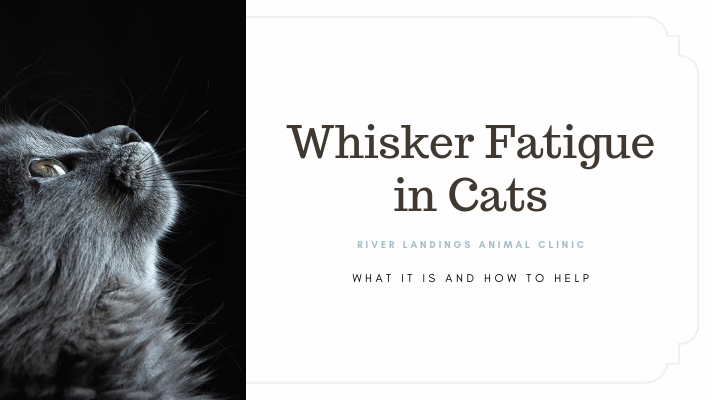When you think of a cat, your initial image may be of a soft, peaceful animal purring quietly in your lap like a little furry engine of contentment. Unfortunately though, cats can pack a painful bite. Hopefully your cat keeps to biting only toys and food, but if your cat starts biting you, there’s usually a reason for it.
Why Do Cats Bite?
Cats need daily predatory play, which includes the opportunity to grab, pounce, and sink their teeth into something to simulate killing. A happy cat is one that thinks they've killed something every day. Because of this, movement triggers a predatory instinct and can cause a cat to pounce on an ankle or foot.
Another common reason cats bite is that the behavior was unintentionally reinforced when they were kittens. When cats are kittens, their job is to sharpen their hunting skills. Those skills include movements called the “pounce and bite” and the “grab and bite.” To practice those skills, a kitten needs something to bite, and it shouldn’t be your hand. While a kitten’s nip may not draw blood, their teeth will get bigger and their jaws will get stronger. If cats don’t learn that it’s inappropriate to bite people while playing as kittens, it’s only natural they’ll keep biting as cats.
While cats are very expressive creatures, they can’t come right out and tell you in that they’ve got a toothache or that arthritis is making their back hurt, so their biting could also be a way of letting you know there’s a medical issue. Cats are very good at hiding when they’re in pain, so when they finally do bite, things may have gotten pretty painful. If your cat suddenly starts biting you, take them to a vet.
Some cats also bite because of something called redirected aggression, which can occur in humans too. A human may have a bad day at work then come home and yell at their wife, while a cat may see another cat outside through the window, which can be very upsetting to them, and they take it out on whoever’s near them.
Owners are likely to describe it as biting out of the blue as they had not seen the episode that originally upset the cat, only the cat’s delayed reaction to it. If your cat does bite, take the wound seriously. More than with dog bites, the bacteria in cats’ mouths can lead to difficult-to-treat infections.
How to Stop a Cat from Biting (And Train a Kitten Not to)
If your vet has ruled out any medical explanation for biting, make sure your cat has a daily outlet for predatory playing. Every human should play with their cat for ten minutes every day with a feather or cat nip toy so they can ‘kill’ it". This daily play therapy will let your cat express that innate drive to kill.
Experts agree that playing appropriately with kittens using toys will help prevent them from biting people as adult cats. Kittens will naturally try to bite you while playing and when they do, don’t reprimand them, simply turn away and stop playing with them. This mimics what a mother cat would do if play got too aggressive. You’re teaching them social boundaries that if they play too hard, you’ll get up and walk away.
This action is a lot like giving your kitten a “time out,” as you might do with a child. The technique also works for adult cats, as they’ll quickly realize that if they bite, their favorite person (you) will disappear. Leave the room, if only for a few seconds, then return to your cat.
Don’t reprimand your cat by squirting it with water or using a shock mat, as those things may make the situation even worse.
Negative reinforcement may raise the anxiety level even more and cats remember things very well and they can link the bad experience, like being squirted with water—with you. They’ll think you are the one creating painful and awful things and act even more out of fear and aggression, or they’ll just hide from you all the time.
When a cat bites, they’ve often tried to warn the person they’ve bitten that they’re about to do so. You usually can tell that a cat is agitated by their body language. Behavior that says “back off” includes tail thrashing, pinned-back ears, dilated pupils, and hissing and growling. Hair standing up on their back and whiskers facing forward can also be signs of agitation.
If your cat bites you aggressively and your vet finds no pain trigger for the behavior, a veterinarian who specializes in feline behavior may try treating the cat with supplements, medication, a change in diet or a combination of all three. The treatment will hopefully reduce anxiety that may be causing your cat to bite, and then he or she can return to strictly chomping toys and treats — not people.
Hear From Us Again
Don't forget to subscribe to our email newsletter for more recipes, articles, and clinic updates delivered straight to your e-mail inbox.
Related Categories:





